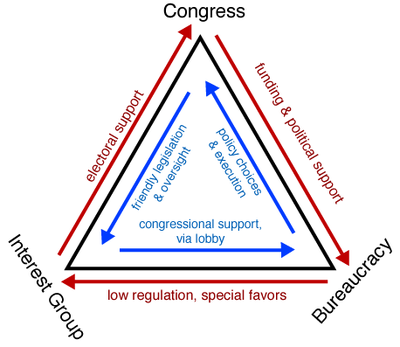Day 25
Learning Targets:
Students will be able to:
*Note: All responses should be typed in your new interactive notebook (Google doc).- Explain the relationship between key provisions of the Articles of Confederation and the debate over granting the federal government greater power formerly reserved to the states.
Both assignments (posted Monday and Wednesday) will be "collected" no later than Friday of each week, and graded by Sunday. This gives you some flexibility and Friday to complete both.
Opener: AoC Review
If states had been left "sovereign", as they were in the Articles of Confederation, how might national crises be handled differently than they are today?
Activity #1 - Expert ASAP
Below are a collection of excerpts from our original government system (Articles of Confederation). Conduct a detailed ASAP of the excerpts below. Here the "Setting" and "Purpose" are the important components.
Article I. The Stile of this Confederacy shall be “The United States of America”.
Article II. Each state retains its sovereignty, freedom, and independence, and every power, jurisdiction, and right, which is not by this Confederation expressly delegated to the United States, in Congress assembled.
Article III. The said States hereby severally enter into a firm league of friendship with each other, for their common defense, the security of their liberties, and their mutual and general welfare, binding themselves to assist each other, against all force offered to, or attacks made upon them, or any of them, on account of religion, sovereignty, trade, or any other pretense whatever. . . .
Activity #2 - Scenario Creation
If the US had continued under the Articles of Confederation (without an executive, national court system, and each state behaving as an independent nation), which of our states today would have...
- Prospered and been powerful nations?
- Invaded and overtaken other states?
- Rejoined with England?
- Formed alliances with other states?
Close: You're own Federalist Papers
Looking back at both life under British rule, and the Articles of Confederation, how would you defend the US Constitution as the solution for a national government system?
Create an argument for why the federal system under the US Constitution (looking back at the branches, checks and balances, Bill of Rights) was the only real solution to governing the many diverse states of the United States.














